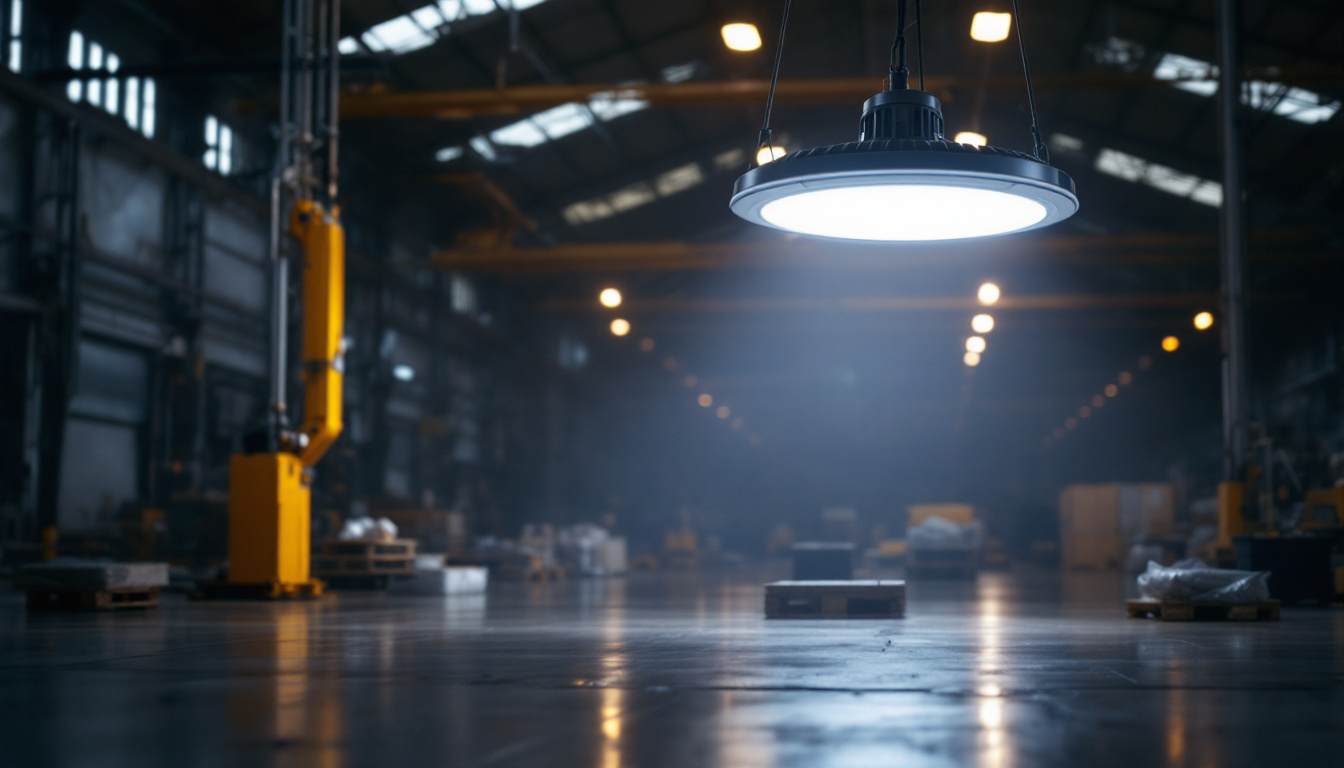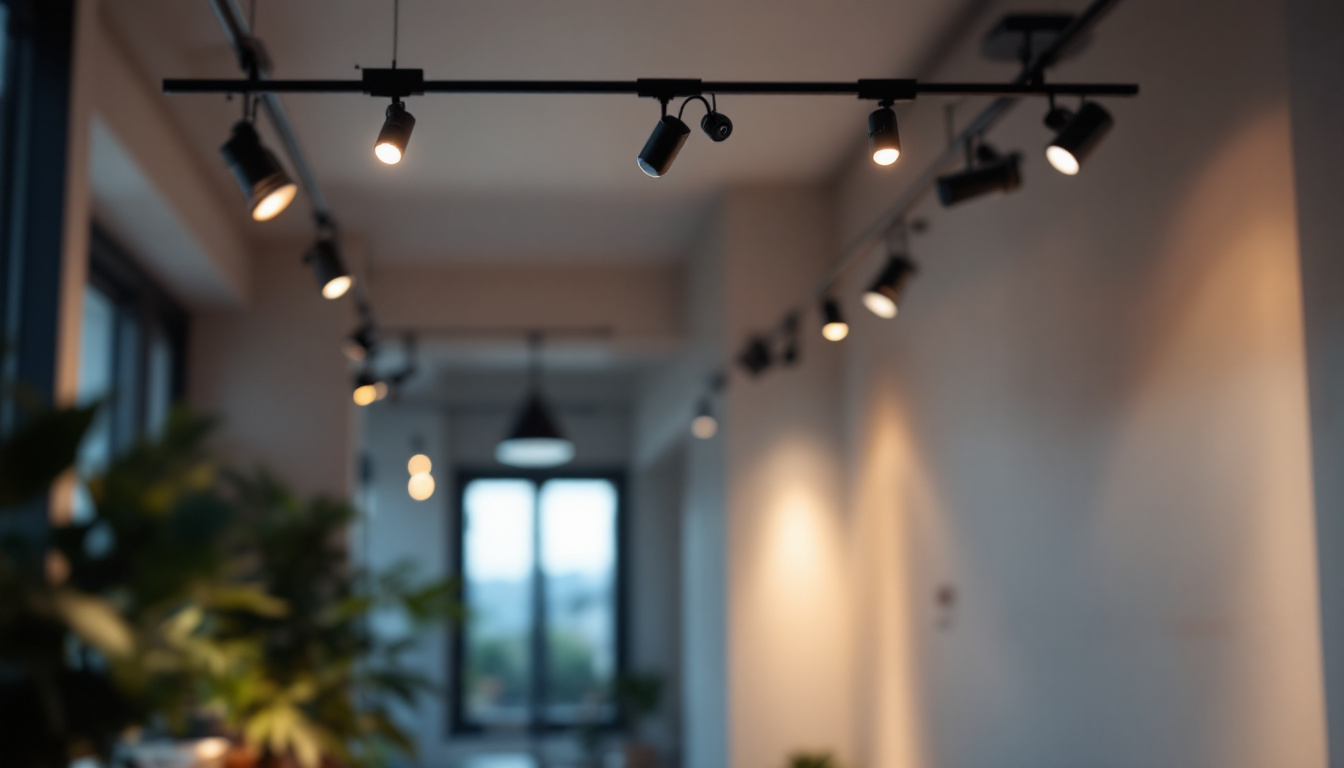
Driveway lighting is more than just a decorative element; it plays a crucial role in safety, security, and curb appeal. For lighting contractors, mastering the nuances of driveway lamps is essential to delivering solutions that meet client expectations while adhering to industry standards.
Properly installed driveway lamps illuminate pathways, reduce the risk of accidents, and deter potential intruders. According to safety studies, well-lit driveways can decrease the likelihood of vehicle and pedestrian accidents by up to 30%, highlighting the practical importance of thoughtful lighting design. Furthermore, the right lighting can enhance the usability of the driveway during evening hours, allowing homeowners to navigate their property with confidence and ease, whether they are arriving home late or entertaining guests.
Illuminating the driveway enhances visibility for both drivers and pedestrians, reducing the risk of trips, falls, and collisions. Additionally, lighting acts as a deterrent to criminal activity by eliminating dark spots where intruders might hide. Lighting contractors must balance brightness and placement to maximize these benefits without causing glare or light pollution. Smart lighting options, such as motion sensors or timers, can further enhance security by ensuring that lights are only activated when needed, providing an added layer of protection while conserving energy.
Beyond functionality, driveway lamps contribute significantly to a property’s aesthetic appeal. Well-chosen fixtures can complement architectural styles, highlight landscaping features, and create an inviting atmosphere. Contractors should consider client preferences, property style, and surrounding environment when recommending lighting options. For instance, modern homes may benefit from sleek, minimalist fixtures, while traditional properties might be better suited to ornate lantern-style lights. Additionally, the use of warm LED bulbs can create a cozy ambiance, making the driveway not just a functional space, but an integral part of the home’s overall charm and character.
Moreover, the strategic placement of lighting can draw attention to unique landscaping elements, such as trees, shrubs, or decorative stones, enhancing the overall visual narrative of the property. By incorporating layered lighting techniques, such as path lights alongside accent lights, contractors can create a dynamic and inviting environment that encourages outdoor enjoyment and enhances the overall experience of the home. This thoughtful approach to driveway lighting not only elevates the property’s aesthetic but also fosters a sense of safety and comfort for residents and visitors alike.
Driveway lamps come in a variety of styles and technologies, each suited to different applications and client needs. Understanding these options allows contractors to tailor solutions that balance performance, cost, and maintenance requirements.
Post lamps are among the most popular choices for driveway lighting. Mounted on posts ranging from 2 to 6 feet tall, they provide broad illumination and serve as prominent design features. They are ideal for marking driveway edges or entrances and can be equipped with various bulb types, including LED, halogen, and incandescent.
From a contractor’s perspective, post lamps offer flexibility in height and style, making them adaptable to both residential and commercial properties. When installing, it’s important to ensure the posts are securely anchored and wired to withstand weather conditions. Additionally, post lamps can be designed to complement the architectural style of a home or business, enhancing curb appeal while providing necessary safety features. Many homeowners opt for decorative post lamps that feature intricate designs or finishes, such as bronze or matte black, which can add a touch of elegance to the property.
Bollard lights are shorter, cylindrical fixtures typically used to line driveways or pathways. They provide low-level, diffused lighting that enhances safety without overwhelming brightness. Bollards are particularly useful in modern or minimalist designs and can be solar-powered or hardwired.
For lighting contractors, bollard lights require careful spacing and alignment to achieve uniform illumination. Their lower height makes them less intrusive but also necessitates precise placement to avoid shadows or dark spots. Moreover, bollard lights can be customized in terms of materials and finishes, allowing for a seamless integration into the landscape design. Some models even come with decorative elements or colored lenses that can create unique lighting effects, enhancing the aesthetic appeal while ensuring safety for pedestrians and vehicles alike.
In cases where driveways are adjacent to walls or entrance pillars, wall-mounted or pier lights offer a practical lighting solution. These fixtures can be installed at various heights to provide accent lighting or general illumination. They are often used in combination with other lamp types to create layered lighting effects.
Wall-mounted lights can range from sleek, modern designs to more traditional styles, allowing for versatility in matching the overall theme of the property. These fixtures not only illuminate the driveway but can also highlight architectural features, such as stonework or decorative trim. Pier lights, on the other hand, are typically installed atop columns or walls, creating a stately appearance that can enhance the entrance of a property. Both types of fixtures can be equipped with smart technology, enabling homeowners to control lighting remotely or set timers for added convenience and energy efficiency. This integration of technology can significantly enhance the functionality of driveway lighting, making it not only a safety feature but also a smart home element.
Successful driveway lighting installations depend on a range of technical factors that contractors must understand and manage effectively.
LED technology has become the industry standard due to its energy efficiency, longevity, and versatility. LEDs consume up to 75% less energy than incandescent bulbs and can last 25 times longer, reducing maintenance costs and environmental impact. However, some clients may prefer the warmer glow of halogen or traditional bulbs, requiring contractors to balance aesthetics with performance.
Color temperature, measured in Kelvins (K), affects the ambiance and visibility of driveway lighting. Warm white (2700K–3000K) creates a cozy, inviting atmosphere, while cool white (4000K–5000K) offers brighter, more clinical illumination. For residential driveways, warm white is typically preferred, whereas commercial or security-focused installations may benefit from cooler temperatures.
Lumens indicate the brightness of a light source. Driveway lamps generally require between 300 and 800 lumens per fixture, depending on spacing and desired illumination levels. Overly bright lights can cause glare, while insufficient brightness compromises safety.
Most driveway lamps operate on low voltage (12V) systems, which are safer and easier to install outdoors. Low-voltage systems also allow for flexible placement and energy-efficient transformers. However, some fixtures may require line voltage (120V), necessitating proper grounding and adherence to electrical codes.
Lighting contractors must ensure all wiring is rated for outdoor use, protected against moisture and physical damage, and installed according to local regulations. Using conduit and weatherproof connectors enhances system durability.
Modern driveway lighting often incorporates smart controls such as timers, motion sensors, and photoelectric sensors. These technologies improve energy efficiency by ensuring lights operate only when needed. For example, motion-activated lamps illuminate the driveway upon detecting movement, enhancing security while conserving power.
Contractors should be familiar with integrating these control systems and advising clients on their benefits and limitations. Compatibility with existing home automation systems is also a key consideration.
Proper installation is critical to the performance and longevity of driveway lamps. Lighting contractors must follow best practices to ensure safety, functionality, and client satisfaction.
Before installation, conduct a thorough site assessment to identify potential obstacles, power sources, and optimal fixture placement. Consider factors such as driveway length, width, slope, and surrounding landscaping. Mapping out the lighting plan helps avoid costly adjustments later.
Spacing between fixtures depends on the type of lamp and desired lighting effect. As a general rule, post lamps should be spaced approximately 8 to 12 feet apart, while bollard lights may require closer spacing of 4 to 6 feet for uniform coverage. Avoid placing lights too close to trees or shrubs to prevent obstruction and maintenance issues.
Use underground-rated cables and ensure all connections are waterproof. Transformers should be installed in accessible, sheltered locations to facilitate maintenance. Adherence to the National Electrical Code (NEC) or local equivalents is mandatory to ensure safety and compliance.
After installation, test the lighting system under various conditions, including nighttime operation and sensor activation. Adjust fixture angles and brightness settings to eliminate glare and dark spots. Provide clients with instructions on operating any control systems and performing routine maintenance.
Ongoing maintenance is vital to preserve the functionality and appearance of driveway lamps. Lighting contractors should educate clients on best practices and be prepared to offer troubleshooting services.
Regularly inspect fixtures for damage, corrosion, or dirt accumulation. Clean lenses and shades to maintain optimal light output. Replace bulbs promptly when they burn out, and check wiring for signs of wear or pest damage.
Typical problems include flickering lights, sensor malfunctions, and water intrusion. Flickering often results from loose connections or incompatible dimmers. Sensor issues may require recalibration or replacement. Ensuring proper sealing and drainage prevents water damage.
As technology advances, clients may seek to upgrade existing driveway lighting systems. Contractors should be knowledgeable about retrofitting options, such as replacing halogen bulbs with LEDs or integrating smart controls. Providing cost-effective upgrade paths can enhance client satisfaction and generate repeat business.
Lighting contractors must navigate regulatory requirements and environmental concerns when designing and installing driveway lamps.
Many municipalities have regulations governing outdoor lighting to minimize light pollution and protect wildlife. These may include restrictions on brightness, color temperature, and fixture shielding. Familiarity with local codes ensures installations are compliant and avoid penalties.
Choosing energy-efficient fixtures and incorporating controls that reduce unnecessary operation contribute to sustainability goals. Additionally, selecting designs that minimize light trespass and skyglow helps preserve nocturnal ecosystems. Contractors can position themselves as environmentally responsible by promoting these practices.
Driveway lamps are a critical component of outdoor lighting that combines safety, security, and aesthetics. For lighting contractors, a deep understanding of fixture types, technical specifications, installation techniques, and maintenance requirements is essential to delivering high-quality solutions.
By staying informed about the latest technologies, regulatory frameworks, and client preferences, contractors can confidently design and install driveway lighting systems that enhance property value and user experience. Ultimately, expertise in this specialized area fosters trust and long-term client relationships in a competitive market.
Ready to elevate your driveway lighting installations with the finest selection of spec-grade fixtures at unbeatable prices? Look no further than LumenWholesale, where we provide lighting contractors with high-quality products that meet the highest industry standards. Say goodbye to inflated markups and hello to premium lighting with the convenience of free shipping on bulk orders. Enhance your projects with the perfect blend of quality, affordability, and convenience. Wholesale Lighting at the Best Value is just a click away. Make the smart choice for your business and your clients with LumenWholesale.

Discover expert insights and practical tips for lighting contractors in “Hi Hats Light.” This article delves into the nuances of selecting and installing hi-hat lighting, ensuring your projects shine with precision and style.

Explore the essential best practices for installing and optimizing UFO high bay lights in industrial spaces.

Discover the top strategies lighting contractors use to optimize track lighting systems for any space.

Discover how a 4 foot fluorescent bulb impacts lighting contractors’ projects, offering energy efficiency, cost savings, and improved illumination—boost your expertise today!.